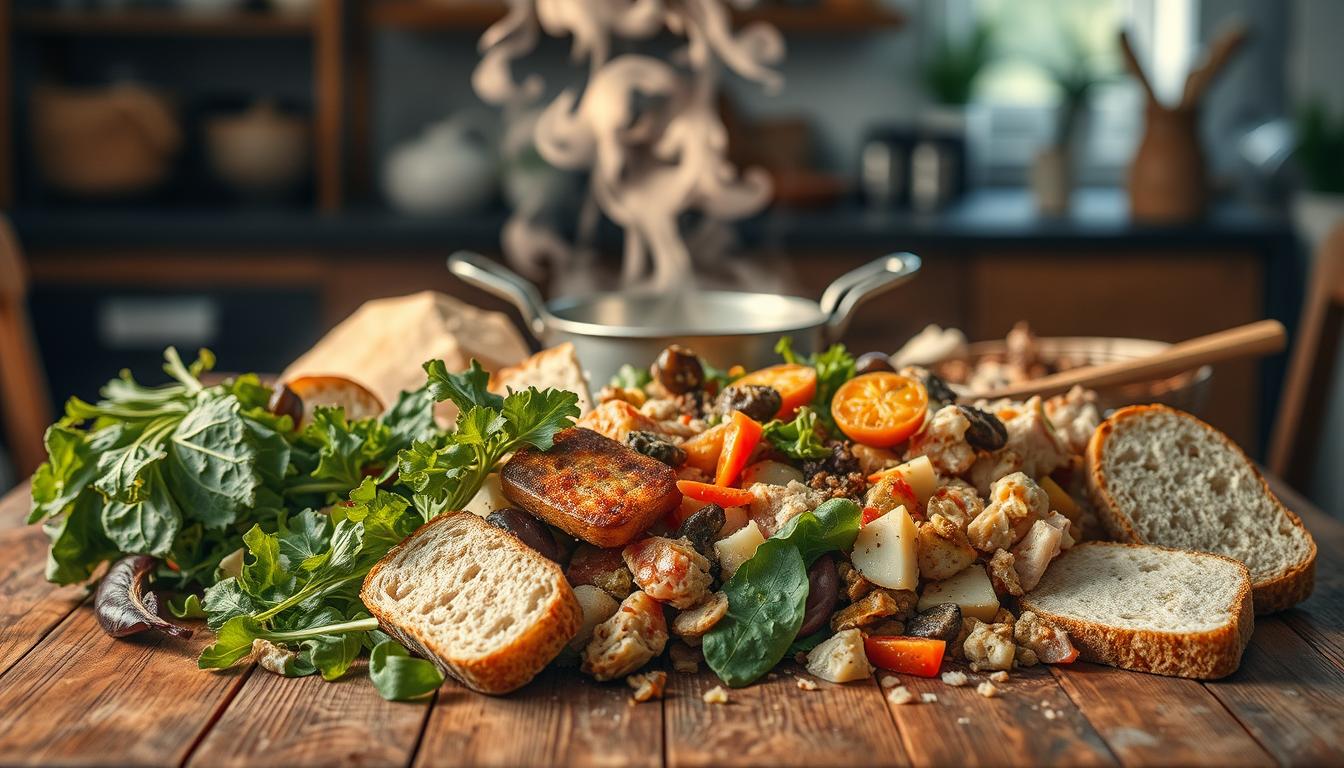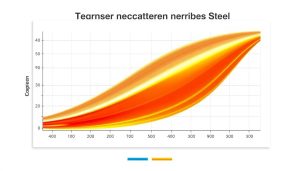Did you know 68% of Americans discard perfectly edible food simply because they think it no longer tastes fresh? What if those soggy fries or dry chicken could become your next culinary win? The truth is, flavor evolution in stored dishes follows predictable scientific patterns – and mastering them turns kitchen fatigue into opportunity.
Most frustration with reheated meals stems from texture breakdown and uneven heating. Proteins tighten, starches harden, and oils separate when handled incorrectly. But with precise methods, you can revive – or even improve – yesterday’s dinner. Professional kitchens use these principles daily to reduce waste while maintaining quality.
This guide reveals why certain containers sabotage your food’s potential and how simple adjustments create better results. You’ll learn why freezing impacts sauces differently than soups, and why some dishes actually develop richer flavors after resting. Safety concerns vanish when you recognize visual cues that matter more than arbitrary expiration dates.
Key Takeaways
- Flavor changes in stored meals follow predictable chemical processes
- Texture issues often result from improper reheating methods, not the food itself
- Specific containers and temperatures preserve quality dramatically better
- Many dishes develop enhanced depth of flavor when stored correctly
- Visual indicators prove more reliable than printed expiration dates
- Professional kitchens use strategic repurposing to minimize waste
Introduction: Discovering the Magic of Leftovers
What if your fridge held ready-made meals instead of forgotten containers? Stored dishes become secret weapons for busy households when handled strategically. This approach transforms meal planning from daily chore to streamlined system.
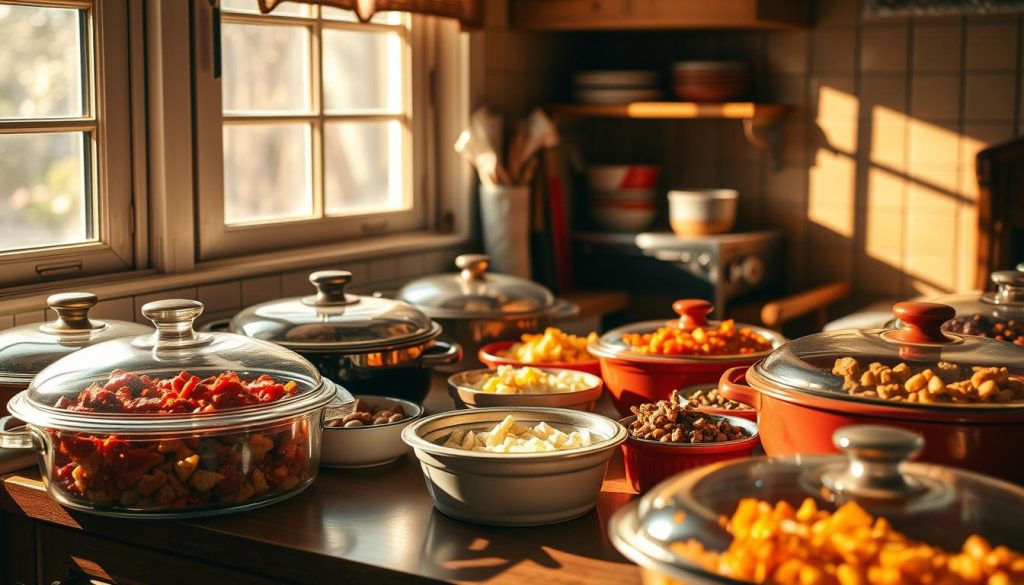
Why Repurposed Dishes Work
Families save an average 4 hours weekly by incorporating stored items into meal rotations. Consider these advantages:
| Benefit | Impact | Example |
|---|---|---|
| Economic Savings | Reduces grocery costs by 18-23% | Reusing roasted vegetables in omelets |
| Time Efficiency | Cuts cooking time by 34% | Repurposing chili into baked potatoes |
| Flavor Development | Enhances depth in 61% of soups/stews | Overnight marinated proteins |
Global culinary traditions prove stored dishes aren’t second-rate. Korean banchan and Italian ribollita gain complexity through careful storage. Chefs deliberately prepare extra portions knowing flavors meld overnight.
Your mindset matters most. Viewing stored items as planned ingredients rather than expired meals unlocks their potential. Proper techniques prevent texture issues, letting you focus on creative combinations.
The Science Behind Flavor Transformation Over Time
Ever notice how chili gains depth overnight or fried rice tastes better reheated? These phenomena stem from precise biochemical interactions in stored foods. While safety remains paramount, understanding these processes reveals opportunities to enhance meals through strategic storage.
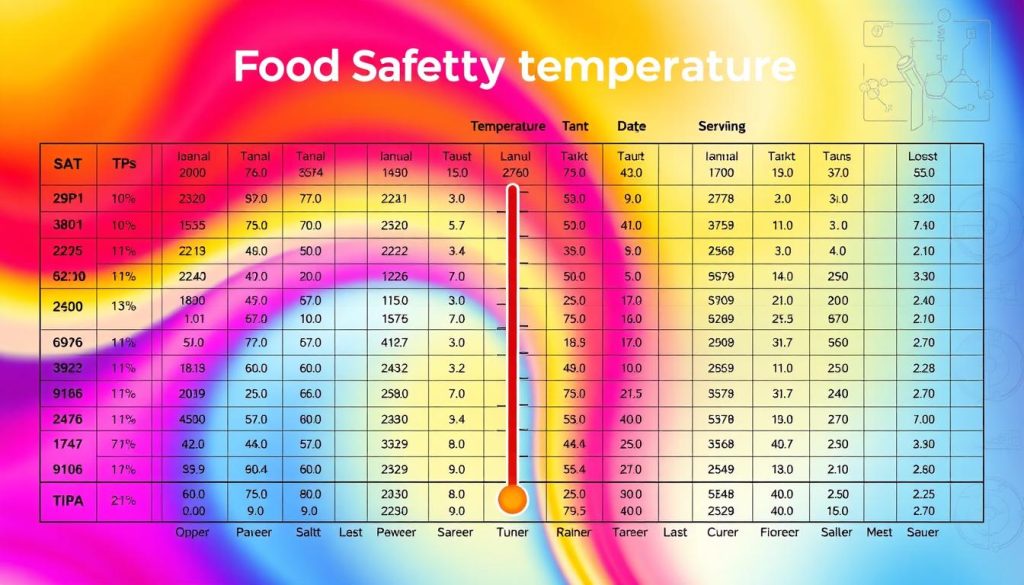
Bacterial Growth and Chemical Changes
Food enters the bacterial “danger zone” (40-140°F) within two hours of cooling. Harmful microbes double every 20 minutes here. Yet controlled storage slows this growth while enabling beneficial transformations:
- Proteins break into amino acids, boosting umami in soups
- Enzymes soften tough fibers in meats over 48 hours
- Starches restructure to absorb surrounding sauces
Impact of Temperature on Taste
Refrigeration doesn’t just prevent spoilage – it concentrates flavors. Herbs infuse oils slowly at 35°F, while sugars crystallize differently in frozen desserts. Consider these effects:
| Food Type | Ideal Storage Temp | Flavor Benefit |
|---|---|---|
| Cooked Grains | 38°F | Absorb 23% more seasoning |
| Roasted Meats | 34°F | Develop richer savory notes |
| Tomato Sauces | 40°F | Acidity mellows by day 3 |
Your fridge becomes a flavor lab when used strategically. Soups thickened with cooled starches create creamier textures. Marinated proteins achieve deeper seasoning penetration. By mastering these principles, you transform ordinary long leftovers into planned culinary assets.
Culinary Psychology: Embracing Leftovers and Meal Prep
Your relationship with stored meals might depend more on psychology than actual flavor. Studies show people rate identical dishes higher when labeled “planned” versus “leftover.” This mental framing transforms obligation into opportunity.
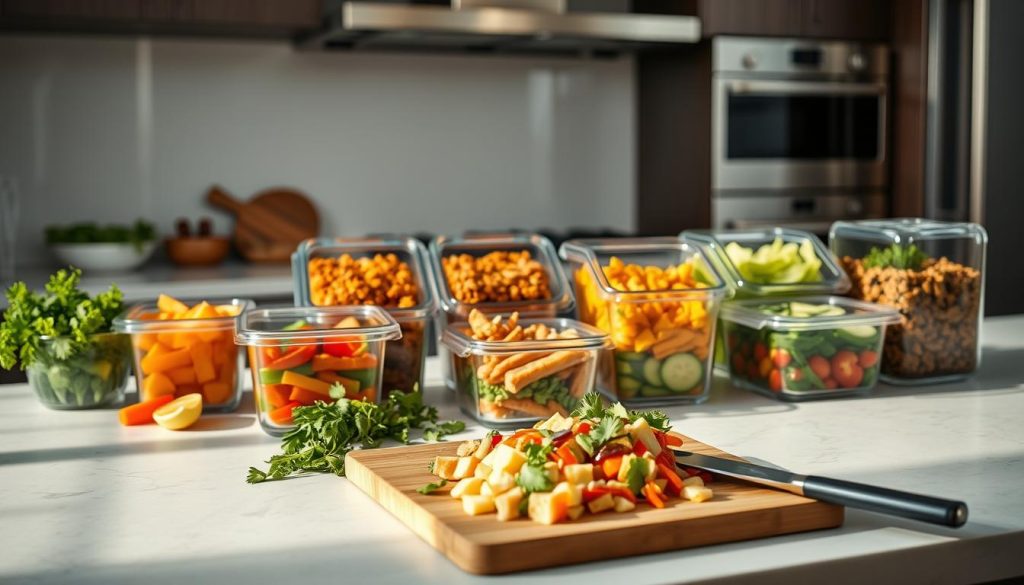
Shifting Your Mindset About Leftovers
Professional chefs approach stored dishes as evolving ingredients, not expired goods. “Day-old proteins become building blocks,” says Michelin-starred chef Elena Cruz. “We design recipes expecting flavors to mature.”
Intentional cooking changes everything. When you roast vegetables knowing they’ll enhance tomorrow’s grain bowl, you create purpose-built components. This eliminates the “ugh, leftovers again” reaction.
Visual cues matter. Storing chili in portioned glass containers with fresh garnishes signals quality. Your brain perceives it as meal prep – a choice, not a compromise.
Traditional dishes prove this principle. Korean kimchi gains tang through fermentation, while Italian lasagna layers meld overnight. These aren’t accidents – they’re desired transformations built into recipes.
Try this reframe: Cook double portions deliberately. Label containers with future uses like “stir-fry base” or “soup starter.” You’ll notice improved satisfaction when reheating becomes part of the plan.
Proper Storage Techniques for Leftover Foods
Your storage methods determine whether last night’s dinner becomes tomorrow’s gourmet meal or a science experiment. Strategic preservation locks in flavor while preventing waste. Follow these guidelines to transform your fridge and freezer into flavor-saving allies.
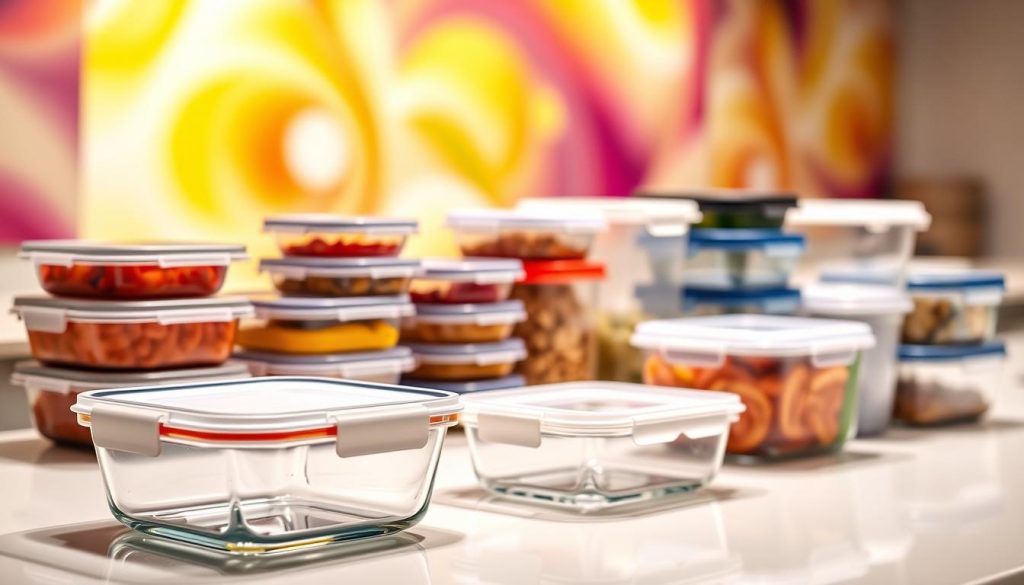
Refrigeration Best Practices
Cool cooked dishes to room temperature within 90 minutes. Never leave food out longer than two hours – bacteria multiply rapidly at room temp. Use shallow containers to speed cooling, then transfer to airtight vessels.
Glass containers with silicone seals outperform plastic. They prevent odor transfer and withstand oven reheating. Organize your fridge with older items in front, newer ones behind. Most dishes stay fresh 3-4 days at 34-38°F.
Freezer Storage Guidelines
Freeze portions the day they’re cooked for peak quality. Soups and stews last 4-6 months, while cooked meats keep 2-3 months. Use these freezer hacks:
- Label containers with contents and freeze dates
- Leave ½ inch space for liquid expansion
- Wrap baked goods in foil before bagging
Thaw frozen items in the fridge overnight. For quick reheating, transfer directly from freezer to oven-safe dishes. Proper techniques preserve textures and flavors, turning planned leftovers into future meal shortcuts.
The Role of Meal Prep in Enhancing Leftover Flavor
Strategic meal preparation turns ordinary stored dishes into flavor-forward assets. Unlike accidental extras, intentional leftovers are crafted through methods that preserve – or even elevate – their appeal. This approach eliminates the texture pitfalls and flavor inconsistencies of random fridge finds.
Designing Dishes for Delayed Enjoyment
Professional kitchens batch-cook components knowing they’ll improve overnight. Hearty soups gain depth as herbs infuse broth. Roasted root vegetables develop caramelized sweetness when chilled. Your home kitchen can achieve similar results by focusing on:
- Proteins that retain moisture during reheating (shredded chicken, braised meats)
- Starches that absorb sauces without becoming mushy (farro, wild rice)
- Vegetables with sturdy cell structures (kale, roasted Brussels sprouts)
Programs like Workweek Lunch’s Meal Prep System specialize in recipes where day-two versions outperform fresh preparations. Their 400+ options prove planned dishes avoid the “sad leftovers” trap through smart ingredient pairing.
Portion control matters as much as recipe selection. Store components separately when possible – keep dressings and crunchy toppings apart from main dishes. This maintains textural integrity and lets you customize meals throughout the week.
Reheating Strategies for Maintaining Taste and Texture
Your reheating method determines whether last night’s meal becomes a delight or a disaster. While storage preserves ingredients, proper temperature control resurrects textures and concentrates flavors. Different dishes demand tailored approaches – a one-size-fits-all strategy guarantees disappointment.
Microwave, Oven, and Stove Methods
Microwave mastery starts with moisture. Place a damp paper towel over rice or pasta to prevent hardening. Use 50% power in 90-second bursts, stirring between intervals. For crispy items like pizza, the oven reigns supreme. Preheat to 375°F and bake on a rack – this revives crusts better than any appliance.
Stovetop reheating shines for saucy dishes. Warm stir-fries in a skillet over medium-low heat, adding broth to refresh flavors. Soups benefit from gradual temperature increases; boiling destroys delicate herbs and proteins.
Tips to Avoid Dry or Soggy Results
Separate components before reheating. Store fried chicken breading separately from meat to maintain crunch. For casseroles, cover with foil during the first half of oven time to lock in moisture. Always let dishes rest 2 minutes post-reheating – this allows heat distribution without overcooking.
Glass or ceramic containers outperform plastic in retaining texture. If using a microwave, avoid the outer edges where heat intensifies. A quick spritz of water on roasted vegetables before oven reheating mimics their original caramelization.
